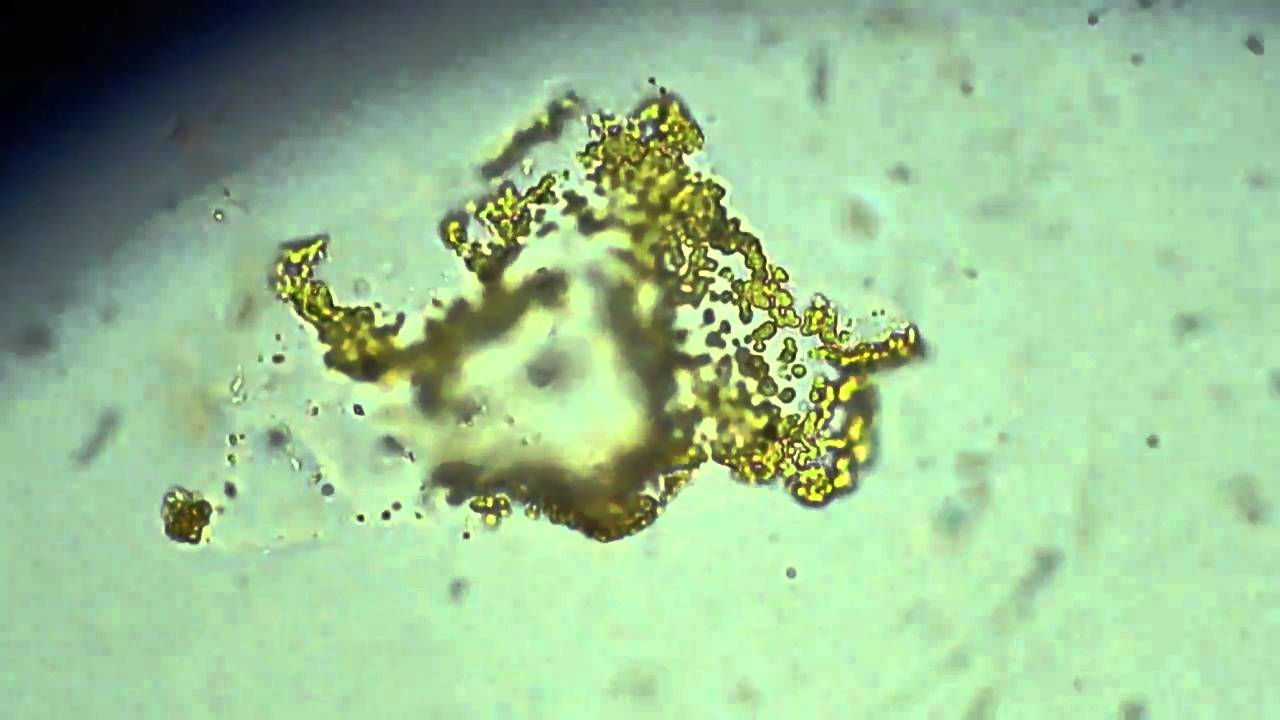
Researchers have created atomic television
Scientists have developed an 'atomic television' that uses lasers and atom clouds to carry a video signal that meets the traditional 480i resolution (480 horizontal lines) standard.
Key to the technology is a glass container of gaseous super- sized
Rubidium atoms excited by two colours of laser beams into what's known as a Rydberg state – that's when atoms have a high level of energy, causing the electrons to orbit further out from the nucleus.
That, in turn, makes the atoms larger and more stretched out, and it also makes them sensitive to electromagnetic fields – so they can be used as a television signal receiver.
By analyzing one of the laser beams as it passes through the atoms, the scientists extract the video signal and convert it into a format suitable for a screen.
By recalibrating the lasers, the receivers would be able to quickly adapt themselves to receive audio and video signals.
 English
English Arabic
Arabic


